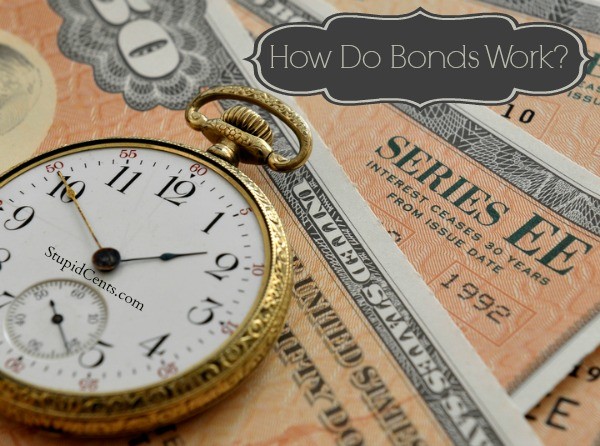When it comes to investing, most people think of two different asset classes: stocks and bonds. It’s important to understand the differences between these two asset classes if you want to be a more effective investor. At the most basic level, stocks represent a degree of ownership in a company. Bonds, on the other hand, essentially amount to a loan given to an entity.
Investing in bonds can be a smart way to move forward, since they provide you with the chance of return, but are considered a little less volatile than stocks, and are often considered safer. Understanding how bonds work, and how they can fit into your portfolio, is an important part of creating a good investing plan for the future.

How Bonds Work
A bond is basically a loan. You loan money to an organization, and the organization agrees to repay the principal borrowed, with interest. This organization can be a government, a non-profit organization, or a for-profit company. Many governments, from cities all the way up to international sovereign states, offer bonds as part of their funding efforts. Companies large and small also offer bonds.
Most bonds come with specific term lengths. You might buy a 10-year bond. This means that the organization you bought it from can use the money for 10 years. At the end of the 10 years, the principal is returned to you. It’s also possible to buy bonds with terms as short as three months, and as long as 30 years or more.
However, this is not all. You also receive interest. The entity pays you for the privilege of borrowing money. You might even receive regular payments over the life of your loan. The interest is often paid quarterly, semi-annually, or annually. You receive the interest throughout the bond’s term, and then the principal when the bond matures. There are cases, though, in which you don’t receive the interest until the bond’s principal is repaid; then you receive the entire amount all at once. Make sure you understand the terms of the bond before you invest.
Also, understand that, because bonds are loan, those who borrow from you can default. Even countries have been known to default on their loans, leaving bondholders without future interest, and with a loss of principal.
How Do Bonds Work in Your Portfolio?
It’s important to note that bonds are considered relatively safe by many investors. U.S. government bonds are considered among the safest investments in the world. As a result, they can make great instruments for capital preservation. Even corporate bonds are considered fairly safe. You can read up on bond ratings to see which are considered the safest.
However, the reality is that an investment that is considered safe doesn’t always come with the highest rate of return. Bonds pay fairly low yields, which means that it’s difficult to adequately build wealth when you invest in bonds. You can see better yields if you are willing to take the chance on riskier bonds, such as those from emerging market countries or companies with low bond ratings, but you also risk default, and losing some of your principal.
As part of your portfolio, bonds can provide you with some income through the interest that is paid, as well as a degree of safety. If you are careful to choose your bonds for their ability to beat inflation, you can avoid losing your purchasing power to the ravages of inflation.
Many investment professionals recommend that you start out with a greater emphasis on stocks, building your wealth over time. Then, as you get close to retirement, you can use some of your earnings from your stocks to buy bonds that can provide you with more reliable income during retirement while preserving your capital.
Tom Drake writes for Financial Highway and MapleMoney. Whenever he’s not working on his online endeavors, he’s either doing his “real job” as a financial analyst or spending time with his two boys.
